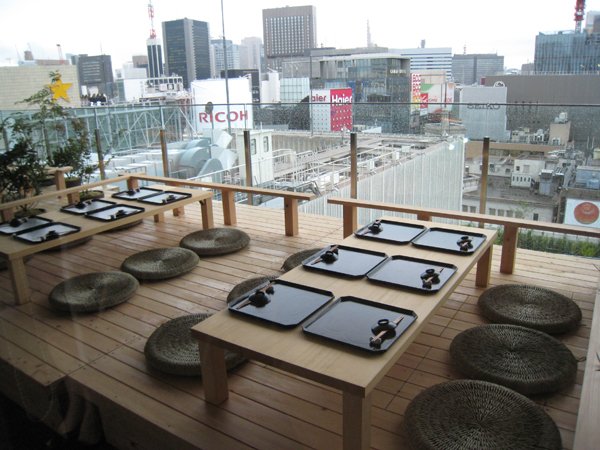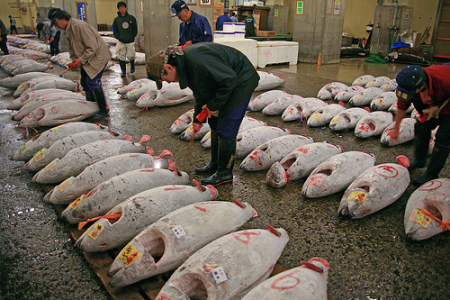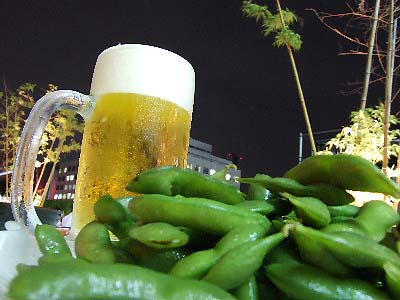- 09/16/2010
- 03/01/2021
Ginza Mitsukoshi Renewal
Mitsukoshi, a long-established department store, rebirthed in September 11th. Mitsukoshi expanded its floor area to 36,000 sqm, which makes Mitsukoshi the largest department store in Ginza, exceeding the second largest Matsuya by 4,000 sqm. The renewal is not only about space.? There are various innovations so that customers can enjoy shopping. Previously, shopping spaces were divided by brands, but the new Mitsukoshi will be divided by items, which makes it easier to compare items. Formerly, there were only cafes in Mitsukoshi, but with this renewal, several restaurants will open.? Sosonjae, a Korean restaurant, and Akatsuki-an, a Japanese noodle restaurant, will locate a branch in a department store for the first time. The house-top on the 9th floor?is Ginza Teracce, a grass garden where you can rest and relax.? There are rest spaces on other floors too. The new Mitsukoshi is family-friendly too.? There will be a day nursery (charged),?a nursing room, and a lounge for babies.? The corridor of selling spaces are widened too, so that baby carriages can easily go through. Visit the brand new Mitsukoshi for luxurious and comfortable shopping! — Higherground Co.,Ltd. 2-8-3 Minami-Aoyama, Minato-ku, Tokyo, Japan TEL:03-6459-2230 HP:http://www.higherground.co.jp/ TOP PAGE:?https://livingtokyo.net/


